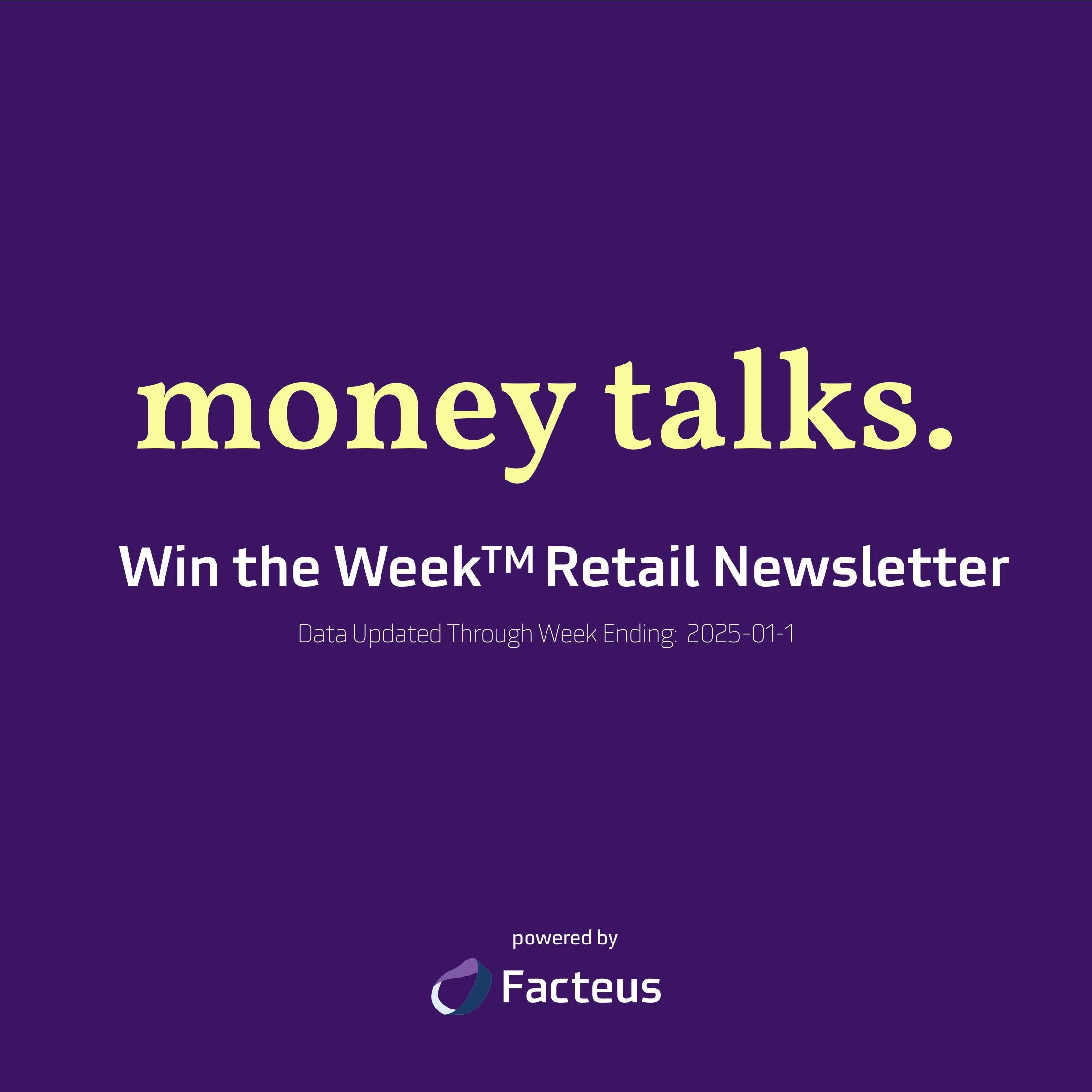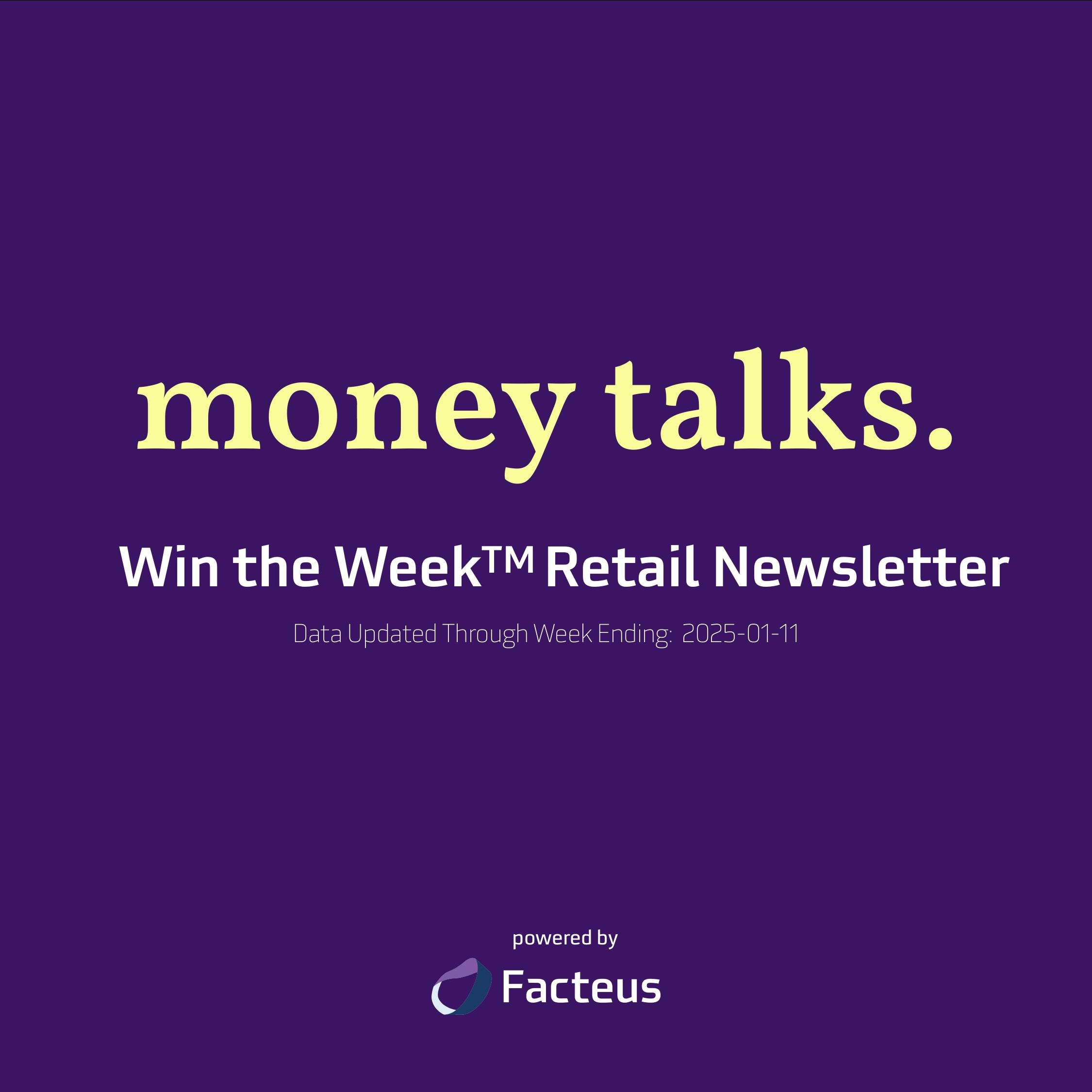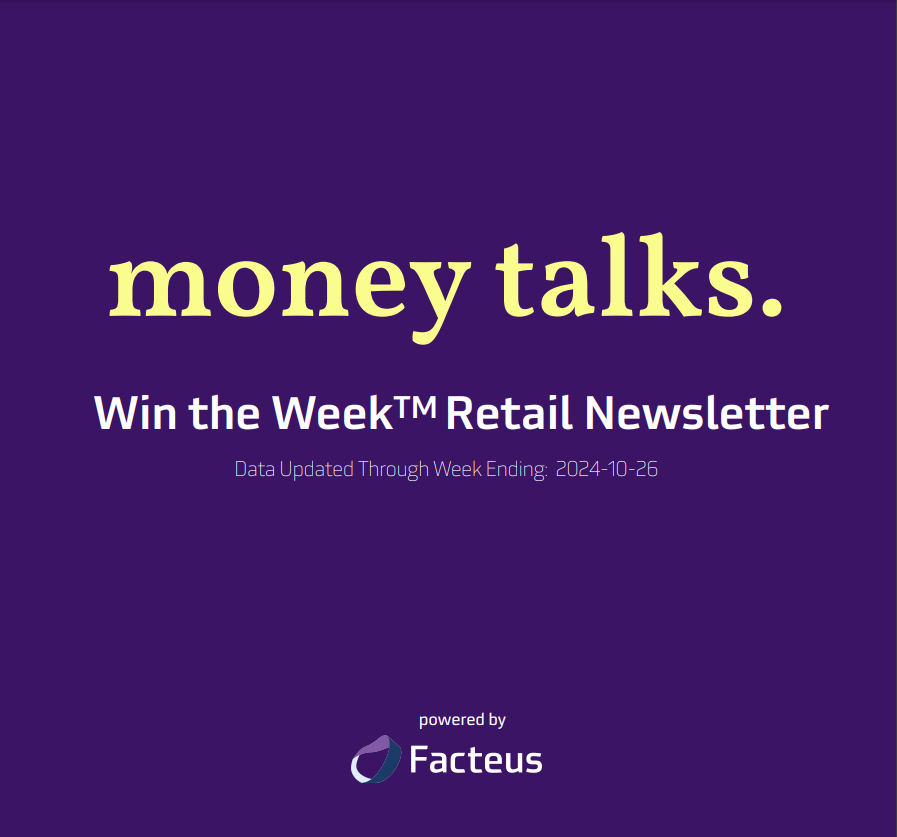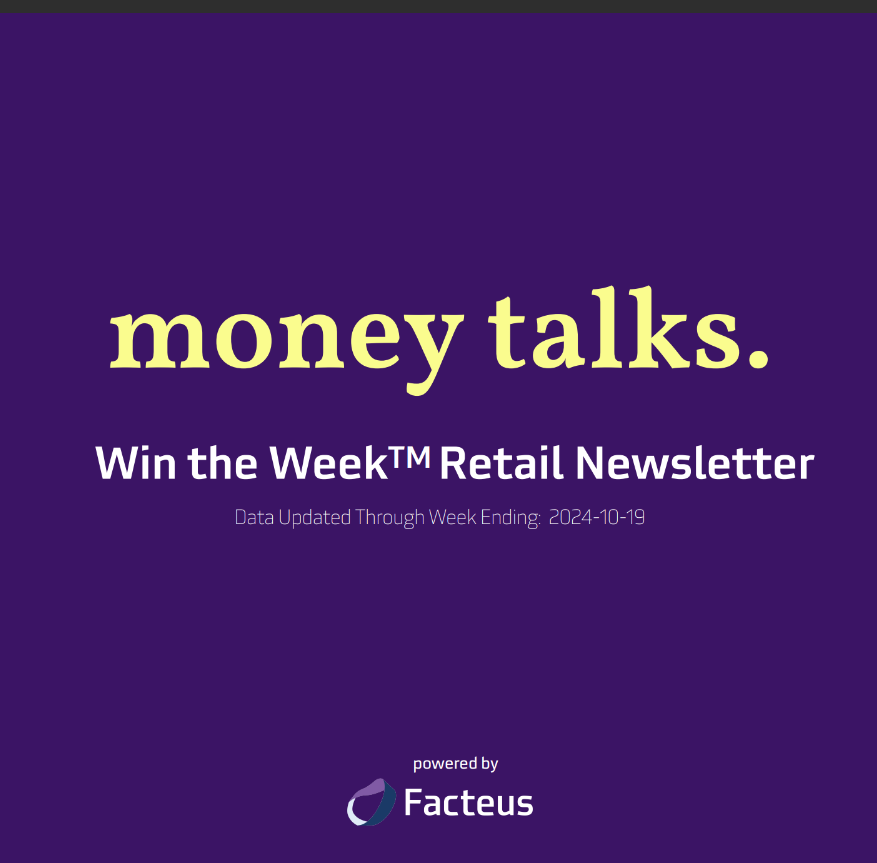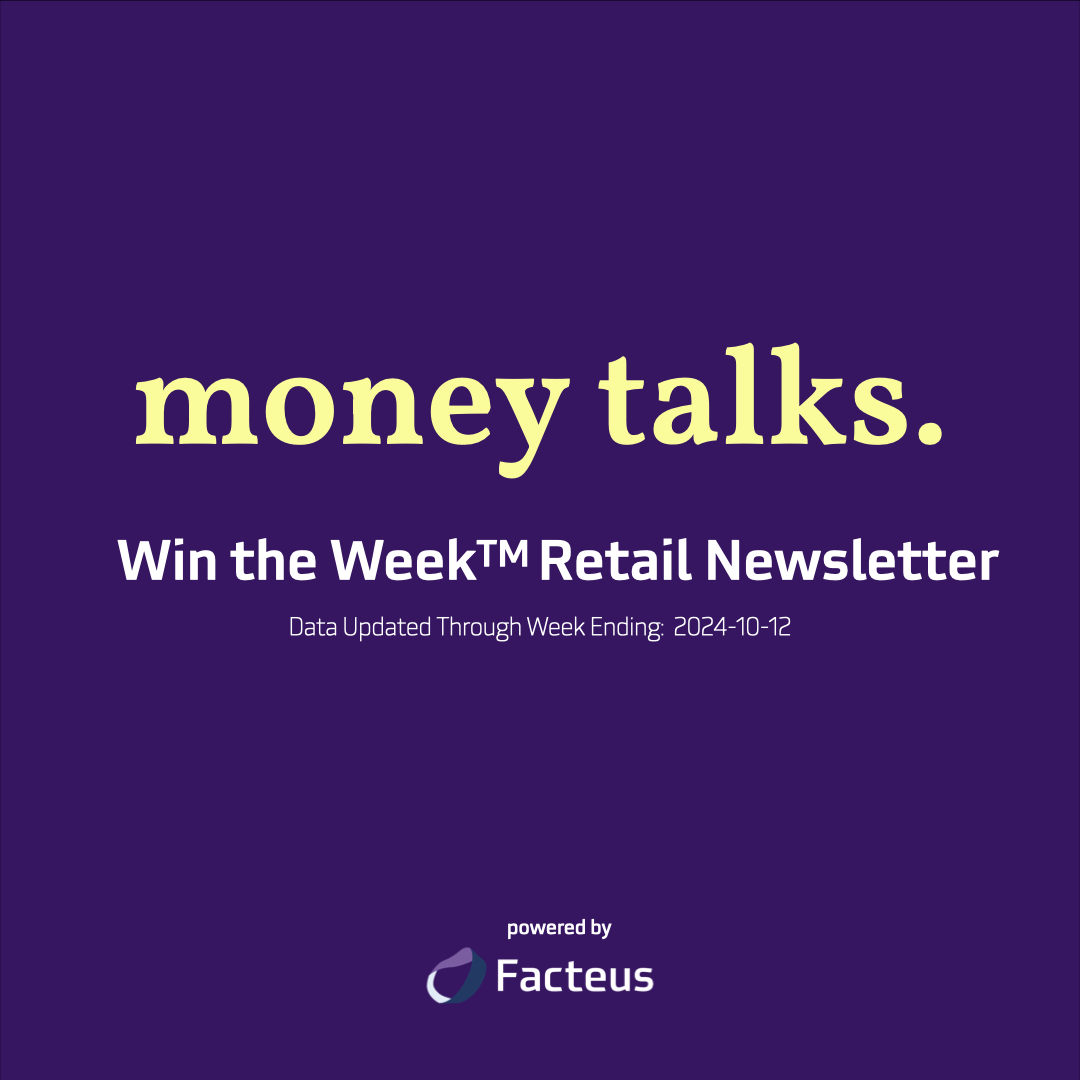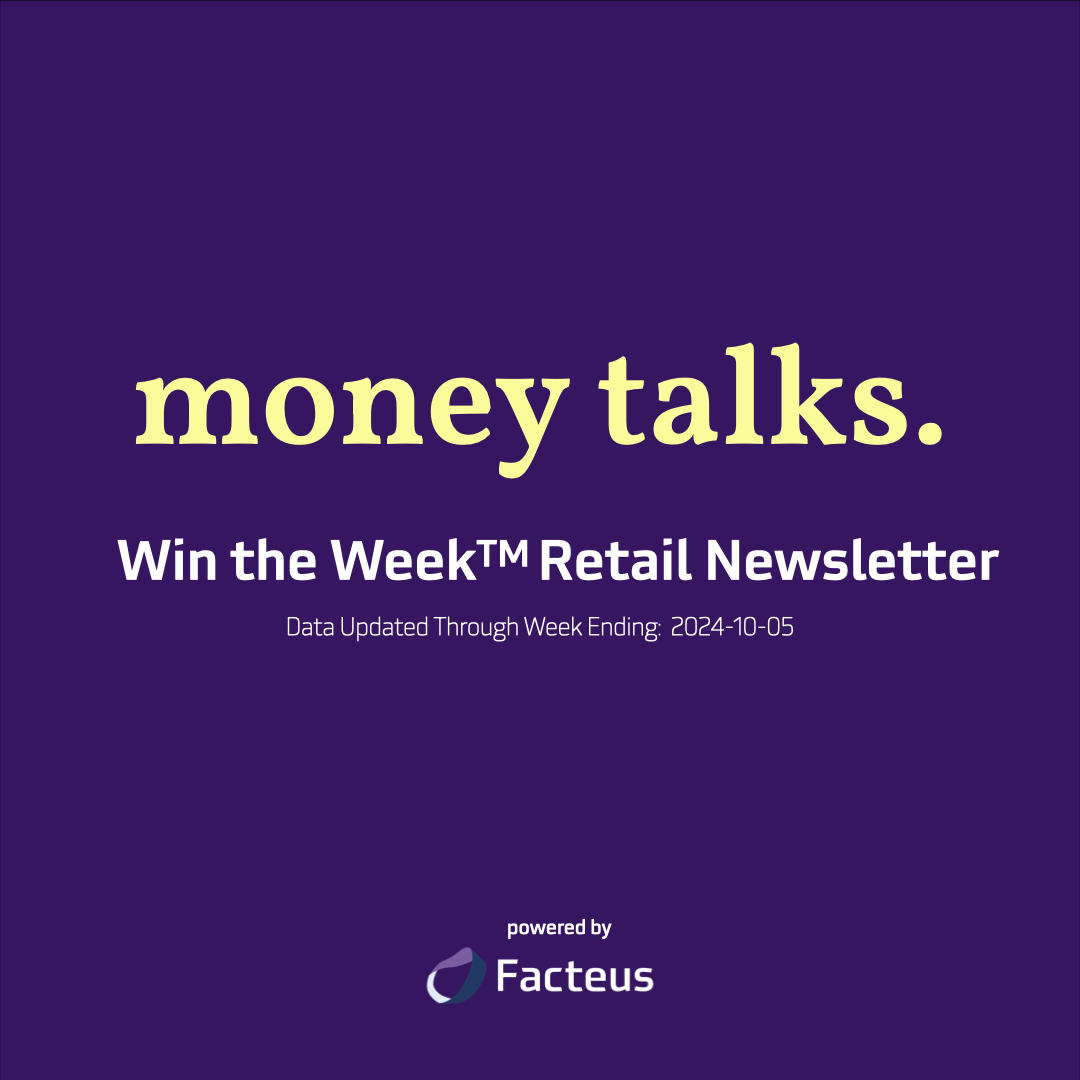How Consumer Spending Trends Varied by Generation & Region on 2024 Amazon Prime Day
Early 2024 Amazon Prime Day data has shown that inflation continues to be a major concern among shoppers, impacting their spending decisions, shopping routines, and overall consumer confidence. Remarkably, total spending was up for 2024 Prime Day, with Amazon seeing under 2% growth as it took in ~$510.8 million total over the July 16th and 17th event.
Digging into the data further, a richer and more complex portrait of today’s consumers begins to emerge, revealing:
How different generations of shoppers are affected and influenced by current market conditions and inflationary pressures
How generational shopping patterns differ through the lens of 2024 Prime Day data
How regional shopping trends vary
Why it all matters
As we dive into the data, we start to see exactly how inflation is shaping consumer sentiment, shopping patterns, and the greater retail industry in 2024. These insights can supercharge retailer strategies, set the stage for more informed decisions in real time, and enhance retailers’ competitive edge.
Baby Boomer Spending on 2024 Amazon Prime Day
Opening up their wallets and splurging the most were Baby Boomer shoppers (i.e., consumers 70 and up), with:
Total Boomer spending at ~$92.6 million
The average Boomer ticket totaling just over $112, more than any other generation
Notably, Boomer spenders seemed somewhat resilient to inflation worries, spending at least 24% more than any other generation that shopped over the 2024 Amazon Prime Day event.
That’s a bit surprising given the fact that many Boomers have fixed incomes, tending to make inflation a key driver of shopping choices.
Nevertheless, the higher Boomer spending over the latest Prime Day could indicate that more seniors are focused on discount shopping, taking advantage of the available deals and money-saving offers while they’re on the table.
2024 Prime Day Spending Millennials
Coming in second place were Millennial shoppers (i.e., consumers 28 to 43), with:
Total Millennial spending at ~$78.4 million
The average Millennial ticket totaling nearly $93
Pulling back, Millennial consumers didn’t spend as much over 2024 Prime Day as they have in prior events.
In fact, Millennial spending on Prime Day 2024 dropped by ~1.3% when compared to 2023 Prime Day, reflecting the only generation of shoppers to slow down spending this year.
Consequently, some experts are looking at Millennials as a key litmus test of consumer sentiment, inflationary fears, and the increasing pressures of rising costs.
Gen X Spending Over 2024 Amazon Prime Day
In third place for the most spending on Prime Day 2024 were Gen X consumers (i.e., shoppers 44 to 59), with:
Total Gen X spending at ~$77.6 million
The average Gen X ticket totaling just over $90
Nearly rivaling Millennial spending, Gen X shoppers were sort of reserved in their purchases while still shelling out for multiple items, rather than buying a single product.
2024 Prime Day Spending by Gen Z
Coming in last place with the least money spent over Prime Day in 2024 were Gen Z shoppers (i.e., consumers 27 and under), with:
Total Gen Z spending at ~$5.2 million
The average Gen Z ticket totaling nearly $76
Typically known for limited disposable income and starter salaries, Gen Z spending the least of all generations isn’t shocking, as these deal-focused shoppers tend to get sticker shock easily.
Still, it’s crucial to note that Gen Z consumers did spend more over the 2024 Prime Day event versus the 2023 event, despite ranking fourth in both total spend and average transaction amount.
Regional Shopping Patterns on Amazon Prime Day 2024
Examining the 2024 Amazon Prime Day data from a different angle can enhance current understandings of what’s motivating consumers versus what’s making them more reluctant to spend these days.
To that end, the table below highlights spending trends for 2024 Prime Day by region, featuring total spend and the average transaction price for four different areas of the U.S.
Regional Spending Trends for Amazon Prime Day 2024
| Region | Total Spend | Average Ticket Price |
|---|---|---|
| South | $91.4 M | ~$104 |
| West | $79.2 M | ~$108 |
| Midwest | $60.8 M | ~$81 |
| Northeast | $23.1 M | ~$95 |
From this data, it’s evident that:
The South spent the most while the Northeast spent the least.
Consumers in the West had the greatest average transactions.
The Midwest stayed relatively in the middle of the road with both total spending and average ticket prices.
Consumers in the South and West seem slightly more resilient to inflationary fears and pressures while those in the Northeast and Midwest appear to be more sensitive and selective in their shopping.
What Does It All Mean?
Inflation continues to weigh on consumers across all generations and regions of the U.S., with some being ultra-sensitive to the concerns and pressures of price hikes (along with flat earnings, shrinkflation, and more) while others are far more resilient.
Retailers looking to increase consumer spending and enhance their positioning over Labor Day sales, Black Friday, and other 4th quarter sales events can gain invaluable insights from the latest Amazon Prime Day transaction data, discovering novel opportunities to better appeal to different consumers through shifting sensitivities and tense economic times.
About Facteus
Facteus is a premier retail transaction data provider, recognized nationally for extraordinary data sets, innovative data tools, and excellence in the alternative data industry.
With turnkey solutions to fuel better decisions in real-time, Facteus turbocharges retailer strategies, consumer insights, and competitor intelligence across several sectors via CPG data, debit and credit card transaction data, SKU-level data, and so much more.
That’s why more retailers, investors, and others rely on Facteus data when it’s time for next-level insights, better data, and unprecedented growth.







